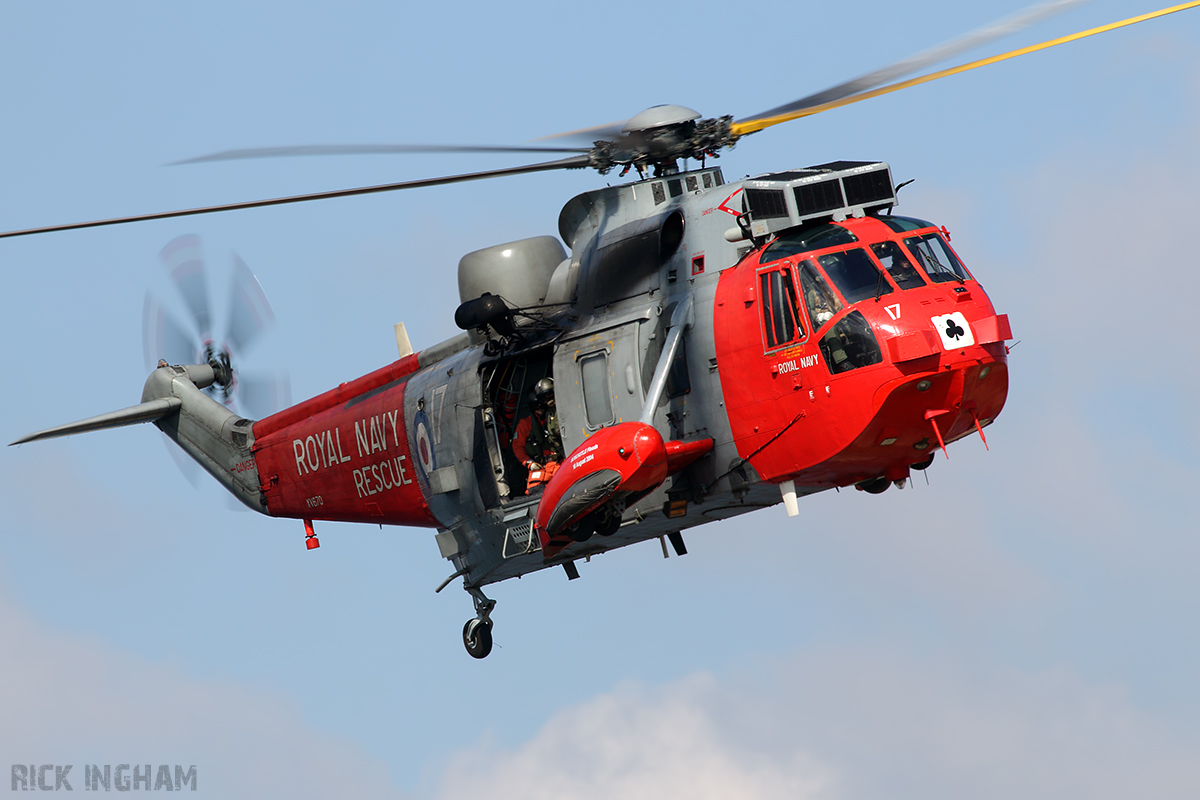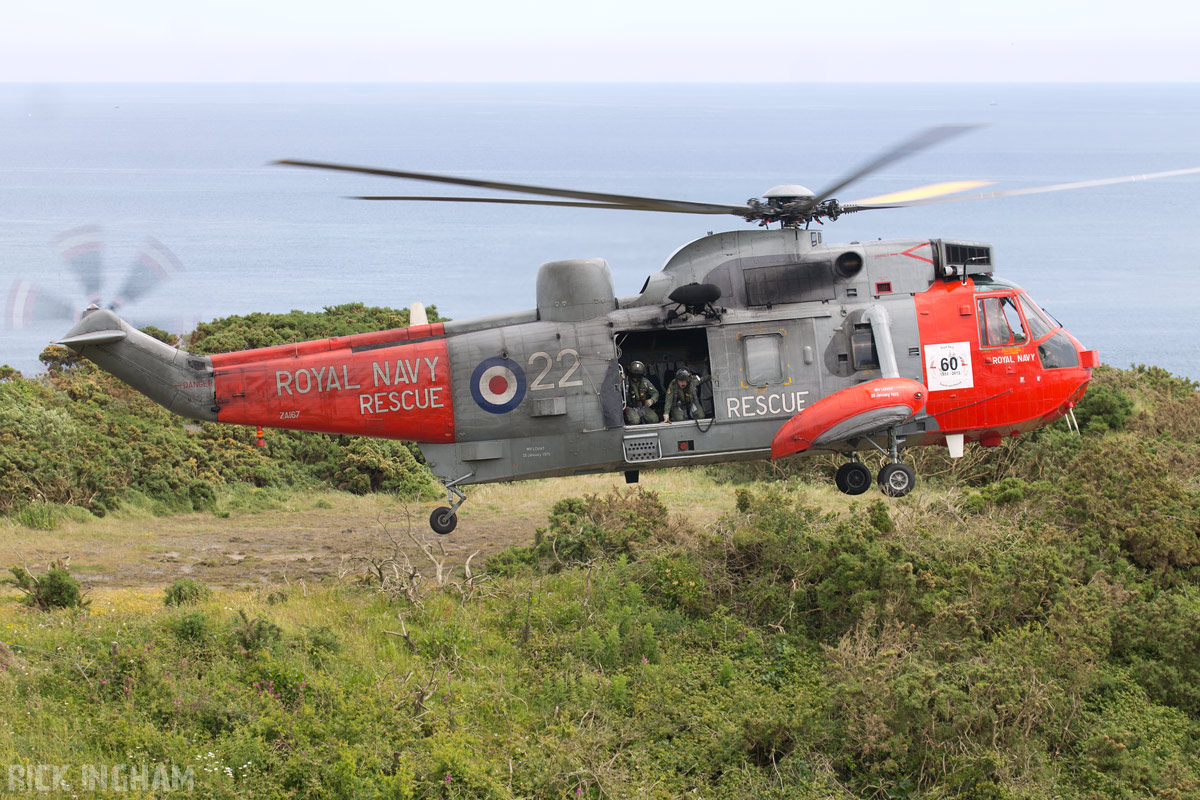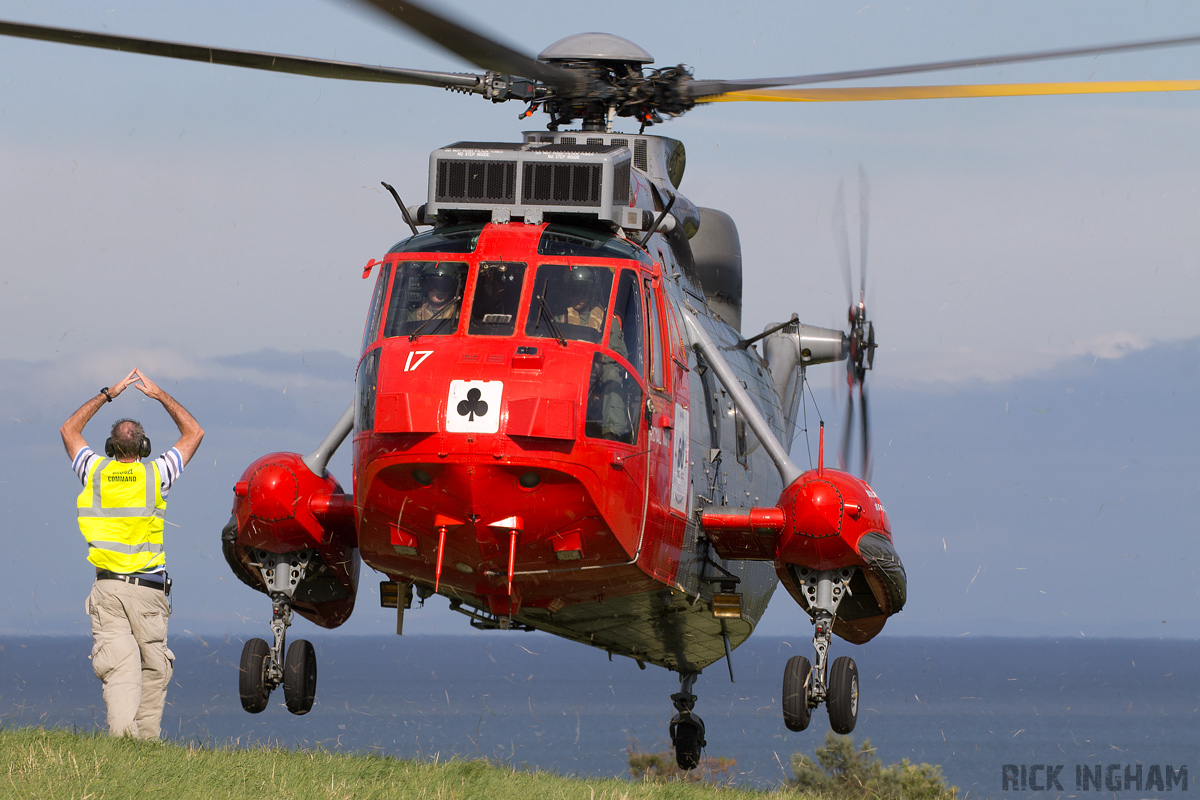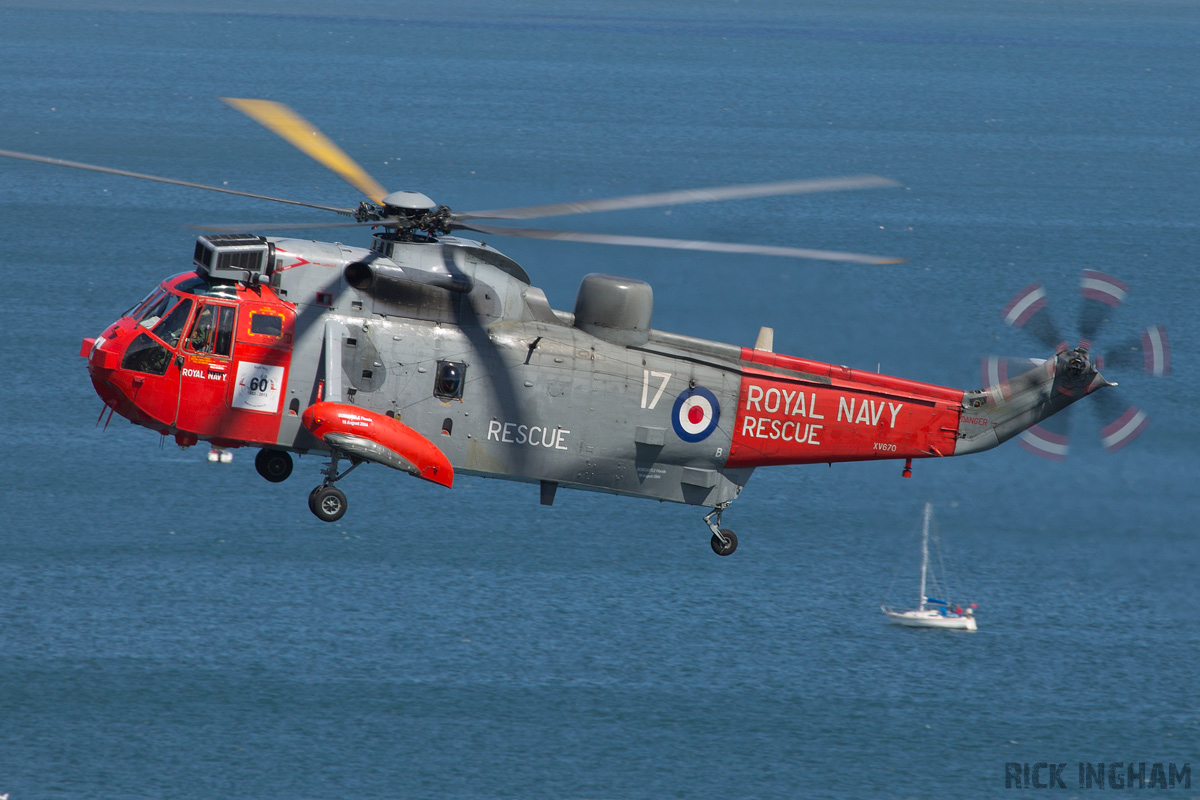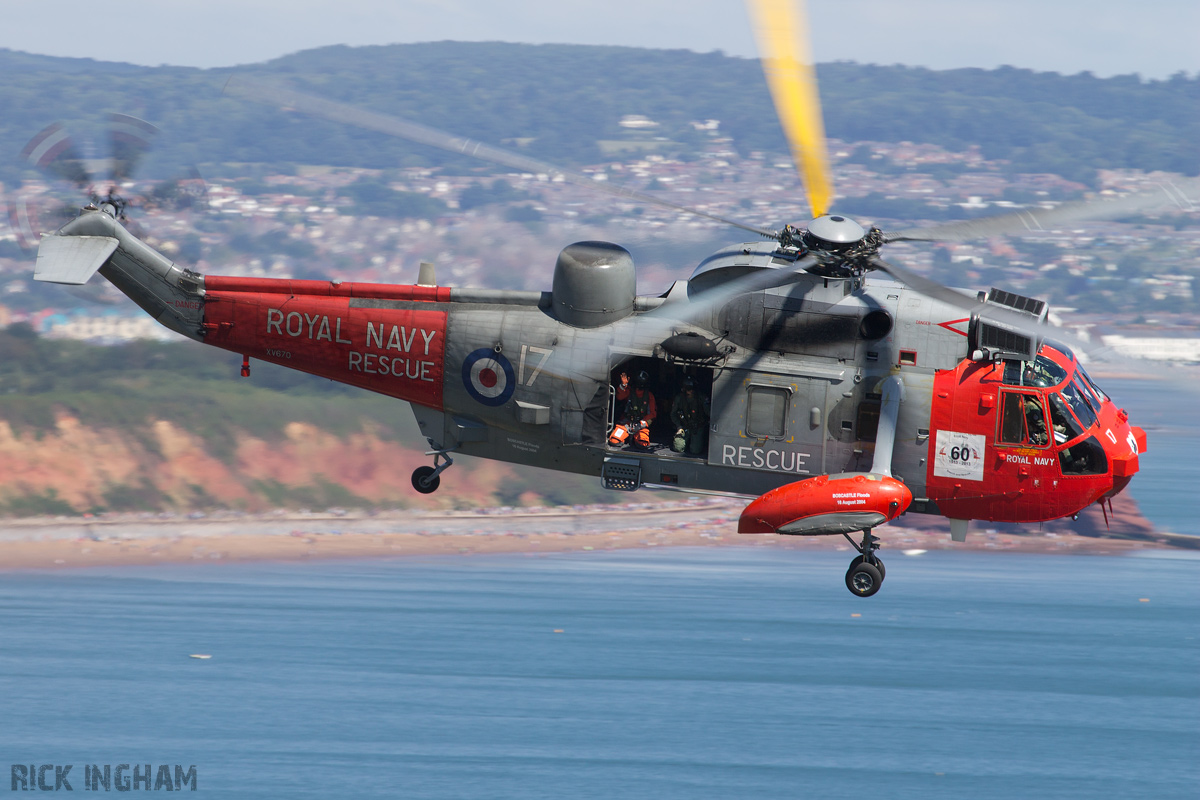2013 marks the 60th anniversary of Royal Navy Helicopter Search and Rescue (SAR) . Between January and March 2013 alone military Search and Rescue units attended 389 incidents, resulting in 433 callouts and 403 persons being moved which shows just how important SAR is to the United Kingdom. Rick Ingham Photography took a closer look at 771NAS and their life saving work...
Beginnings
The story of Navy SAR began back in 1946 when Yeovil based helicopter company Westland came to an agreement with American company Sikorsky to build their S-51 aircraft.
Between 1950 and 1953 the Royal Navy took delivery of 13 S-51’s which entered service as the Westland Dragonfly HR.1 which were assigned to 705 Naval Air Squadron at RNAS Gosport.
To begin with, 705NAS operated as a Fleet Requirements Unit and was responsible for rotary sea trials but soon assumed the role to train Royal Naval helicopter pilots. To this day 705NAS train helicopter pilots at RAF Shawbury with the Eurocopter Squirrel HT1.
On the night of Saturday 31 January 1953 a massive storm caused extensive flooding to areas around the North Sea including the Netherlands.
705NAS scrambled 12 Dragonfly helicopters to help rescue people across East Anglia and the Netherlands saving more than 840 people. One pilot accounted for 111 rescues in 7 hours flying whilst another saved 102. For the life-saving efforts the Commanding Officer, Lt Cdr HR Spedding, was awarded the MBE and Aircrewman IS Craig the British Empire Medal. The figures showed how valuable the Helicopter was to rescue operations and following the disaster, it was decided to set up dedicated Search and Rescue units across the UK.
The locations were:
RNAS Anthorn (HMS Nuthatch)
RNAS Brawdy (HMS Goldcrest)
RNAS Culdrose (HMS Seahawk)
RNAS Eglinton (HMS Gannet)
RNAS Ford (HMS Peregrine)
RNAS Gosport (HMS Siskin)
RNAS Lossiemouth (HMS Fulmar)
771NAS
In 1961 a previous Naval Squadron reformed at RNAS Portland known as 771NAS who assumed 700NAS’ role training crews and conducting trials. It was here 771NAS developed SAR techniques such as high-line transfer, Cliff winching and free diver drop which are all valuable skills that are still applied today.
The Squadron was disbanded on 1 December 1964 after merging into 829 Naval Air Squadron.
On 23 June 1967, the squadron reformed with 9 Whirlwind HAS.7 with the new primary task of anti-submarine warfare Fleet Requirements Unit, in addition to the Portland SAR duty.
771 replaced the Whirlwind in 1969 with the Westland Wessex MK.1 and a year later gave the ASW role to 737NAS which left SAR as 771’s primary role - The role that has remained to the present day.
The Squadron moved to RNAS Culdrose in September 1974 leaving 6 of its Wessex aircraft at Portland to form sister squadron 772 Naval Air Squadron.
The Wessex fleet was complemented in 1969 by the introduction of the Westland Sea King. The Wessex continued to provide SAR as the Sea King was intended to be used solely as an ASW helicopter. However the Sea King was called upon for more distant SAR call-outs due to its increased range of 598 nm and greater endurance of over 4 hours.
Seaking HU5
April 1988 saw the introduction of the Seaking HAS.5 which had all Anti-Submarine Warfare equipment removed to create more space in the cabin. When the Wessex was phased out, the Royal Navy looked at converting 4 HAS.5’s especially for the Search and Rescue role.
During the early nineties, Westland Helicopters rolled out the SAR conversion to 771NAS’ HAS.5s and re-designated them the Seaking HU5, the same model which covers SAR to this day.
Notable Rescues
On the night of the 12th March 1989, Rescue 193 was called out to a sailer with a broken soldier onboard Spanish trawler Ivan Antonio, 185 miles south-west of Lands End. Due to the 60mph winds nobody could be winched down but Chief Petty Officer Aircrewman Julian Grinney volunteered to be lowered down and successfully retrieved the casualty. During the rescue Grinney made contact with the side of the ship and narrowly missed the mast. Just as the aircraft recovered to RNAS Culdrose, another call came in. This was to assist Korean MV Secil Japan, which had hit rocks near 'Hells Mouth' near Gwithian, Cornwall. Grinney was happy to continue despite knowing he may have to enter the swell around the rocks. CPOACMN Julian Grinney received the Air Force Medal.
On the 28th October 1989, Pakistani shelter deck ship MV Muree sank 22 miles south of Start Point in gale force 10 conditions after containers became dislodged and damaged her hull. Her 40 sailers were winched aboard in terrible conditions and led to POACMN D Wallace and SW Wright received the George Medal.
On the 12th August 1992, 771NAS were called out to a yacht named 'Sandpiper' that was drifting towards the infamous Kimmeridge Ledges 15 miles east of Weymouth in storm force winds. The duty Winchman, Leading Aircrewman Brian Buggins, was lowered down to the vessel where he noticed the skipper had a head injury and was very frightened. Buggins took over control of the yacht and battled against the huge waves whilst the skipper secured the mast for well over 30 minutes. Buggins then secured a toe-line to the vessel before sorting out the rescue effort.
The skipper's wife was winched up to the Seaking successfully but during his winch up a large wave hit the boat and sent him overboard.
Buggins jumped into the rough sea without hesitation and grabbed the skipper before signalling to the helicopter to pick them up. LACMN Buggins was awarded the Queen's Gallantry Medal for the rescue.
Around 01:00hrs on 30th August 1992, a 52 foot yacht names "Sine Seorra" got into difficulty during a Force 9 gale 30nm from Guernsey.
Duty Crewman Leading Aircrewman Ian Chambers was winched down to primarily extract the two casualties that had been hurt when the yacht's mast snapped and landed on top of the wheelhouse. Due to the second casualty being below deck, it took over an hour to complete the extract. Once the aircraft had conveyed them to a hospital in Guernsey, Rescue 193 returned to the yacht to pick up the remaining crew by winching LACMN Chambers down a further 3 times despite being very fatigued. The entire rescue was just over 5 hours! Chambers was awarded the Air Force Cross (AFC) for his bravery and determination.
On the 25th October 1992, merchant vessel 'Igloo Lion' found itself trapped on mountainous waves heading for rocks 5nm north of Guernsey.
The crew were exhausted and were unable to talk to Rescue 192 who had responded to their request to be airlifted to safety.
The deck was too small to safely winch the crew out, and was barely lit. Lieutenant Michael Ian Phillips Langley who was flying Rescue 192 decided the only possible way was to winch the crew from the top of a stack of pallets. Langley had to position the aircraft sideways across the deck, which is a dangerous situation in the best of weather - let alone at night in a storm! The winching went on for an agonising 40 minutes which involved flying very close to the swinging mast on the boat which was rolling and lurching violently. At one stage a rotorblade hit an antenna on the mast. Lieutenant Langley was awarded the Air Force Cross for his immense skill in a situation where he had barely any visual references. Petty Officer Aircrewman Adrian Rogers, who was the winchman was also awarded the Air Force Medal.
On Monday, 16 August 2004 the village of Boscastle, Cornwall suffered extensive damage after flash floods caused by an exceptional amount of rain that fell over eight hours that afternoon. 75 cars, 5 caravans, 6 buildings and several boats were washed into the sea; approximately 100 homes and businesses were destroyed; trees were uprooted and debris were scattered over a large area. In an operation lasting from mid-afternoon until 2:30 AM, a fleet of 7 Westland Sea King helicopters from both 771NAS from RNAS Culdrose and cabs from Chivenor rescued about 150 people clinging to trees and the roofs of buildings and cars. No major injuries or loss of life were reported. Lt Cdr M Ford received the AFC and WOACMN R Yeomans received the QGM
On the 18th January 2007, MSC Napoli, a container ship was battered by a severe gale force wind and huge waves which caused serious damage to Napoli's hull, including a crack in one side and a flooded engine room. When the ship began to list to one side the order was given to abandon ship which led to all 26 crew deploying on to a small life raft. Rescue 193 and Rescue 194 scrambled from RNAS Culdrose to rescue them.
During the rescue, Rescue 193's winch line and it's back up both snapped which led to back up helicopter Rescue 194 to conduct the pickup operation. Petty Officer Aircrewman Jay O'Donnell was lowered down onto the rolling raft where he found the crew in a bad way suffering from hypothermia, sea sickness and even dehydration from overheating due to the immersion suits. O'Donnell remained on the raft, which was being battered from the waves until all the crew were onboard the aircraft. POACMN O'Donnell received the Queens Gallantry Medal for his actions.
On New Year's Eve 2009, Rescue 193 was scrambled from RNAS Culdrose. After a very quiet seven hour period of their duty shift, a call came in to assist a middle-aged female casualty with a suspected cardiac arrest at Porthtowan, Cornwall. During the flight to the casualty the crew recieved a mayday distress call from a fishing trawler named 'Trevessa'. They were caught up in rough seas 50 nautical miles south west of the Isles of Scilly after a fire had spread through the vessel, disabling the steering, and, as a result, the four-man crew of the trawler had decided to abandon ship. When 193 arrived on station, they found the situaiton to be a lot worse than expected.
The trawler crew had inflated their life raft but it was still attached to the vessel, semi-submerged and unusable, leaving them stranded aboard a burning ship, forced to the last three to four feet of the stern as the fire spread.
The trawler's deck was full of dangerous fishing equipment and the masts made any winching a very dangerous task. The crew however, chose to attempt the rescue and Petty Officer Aircrewman Dian ‘Cags’ Lacy was lowered down to start a hi-line transfer.
On Lacy's first attempt, he managed to hook the heels of his boots over the guardrail of the trawler and from there he desperately tried to heave himself onto the deck, however a heavy swell caused the trawler to pitch down and he fell backwards 20 feet into the icy waters of the Atlantic.
POACM Lacy later told the BBC:
"I entered the water and can remember vividly looking up and seeing the greeny glow of the aircraft lights above me...In my headset I could hear someone onboard saying I was underwater. It was quite surreal."
Lacy was recovered back into the helicopter. Despite his ordeal, he chose to go back down for a further attempt to board the vessel and, after crew consultation, the aircraft was positioned for a second attempt.This time a successful hi-line transfer was conducted and, despite the heavy and unpredictable roll of the vessel, PO Lacy co-ordinated the safe evacuation of all four trawlermen from the stern which took some 50 minutes in the appalling conditions.
All four members of Rescue 193 - Lieutenant Commander Martin Shepherd (pilot), Lieutenant Commander Steven Hopkins (pilot), Lieutenant Alex Stevenson (observer and winch operator) and Petty Officer Aircrewman Dian (Cags) Lacy - were recognised with the presenting of the Edward and Maisie Lewis Award, and in addition PO Lacy has since been awarded the Queen’s Gallantry Medal.
They were also awarded the Edward and Maisie Lewis Award from the Shipwrecked Fishermen and Mariners’ Royal Benevolent Society which is presented to crews for outstanding rescues.






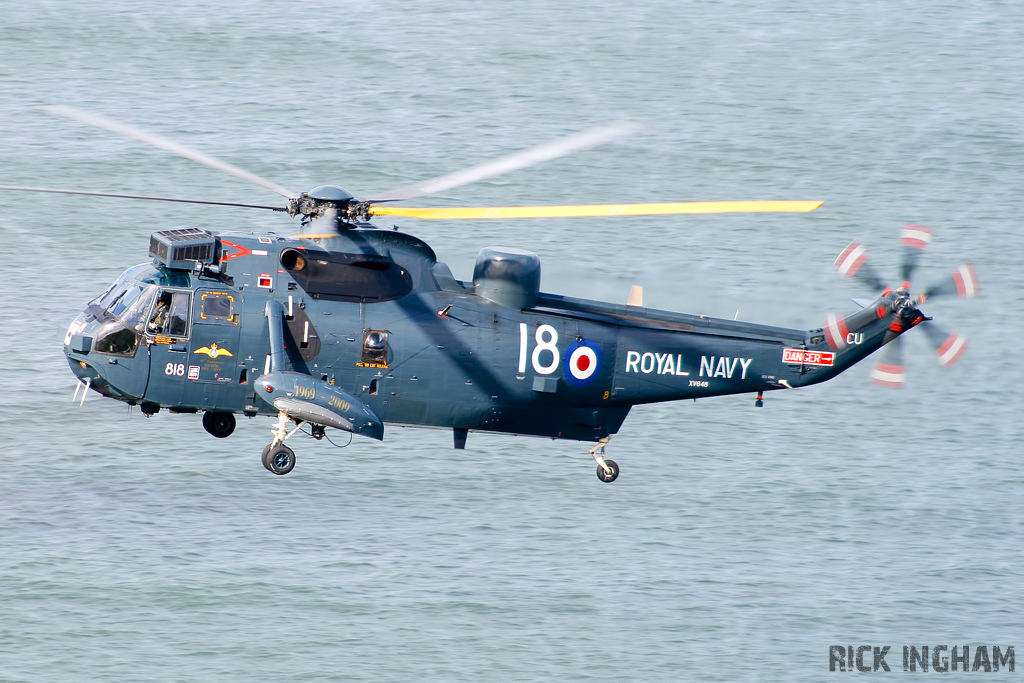
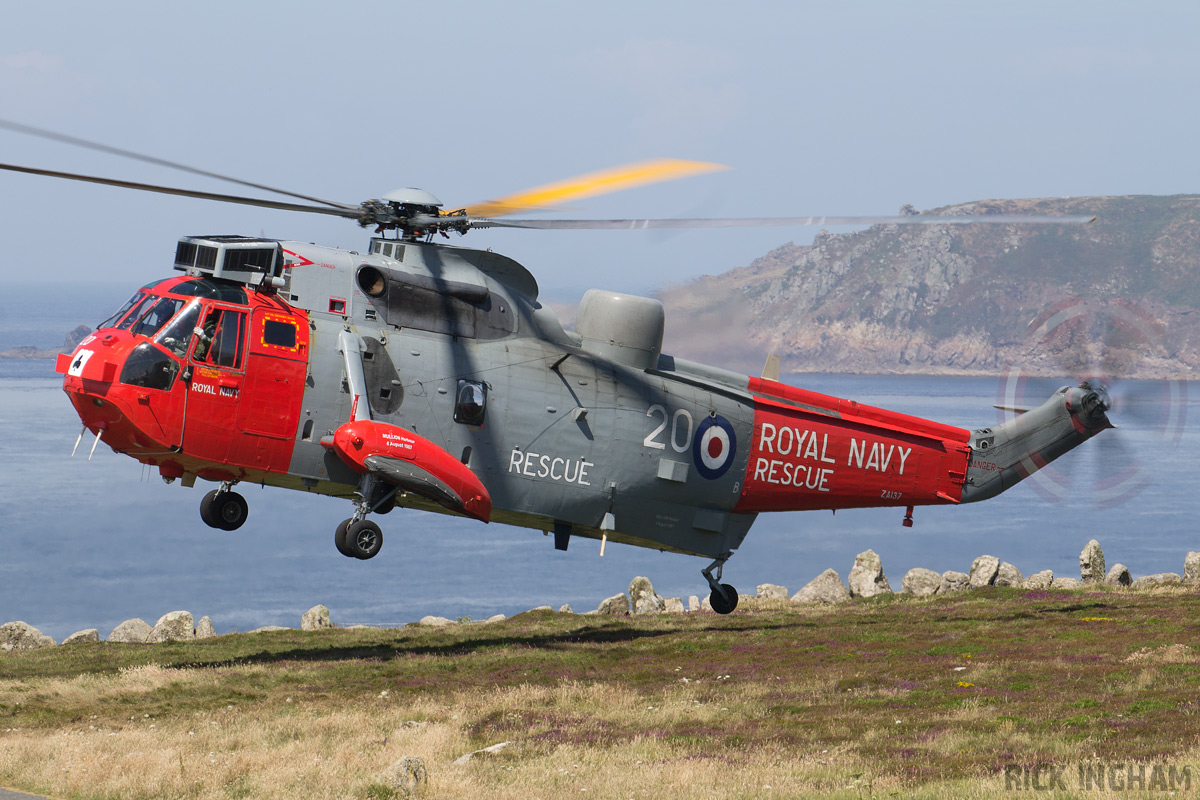


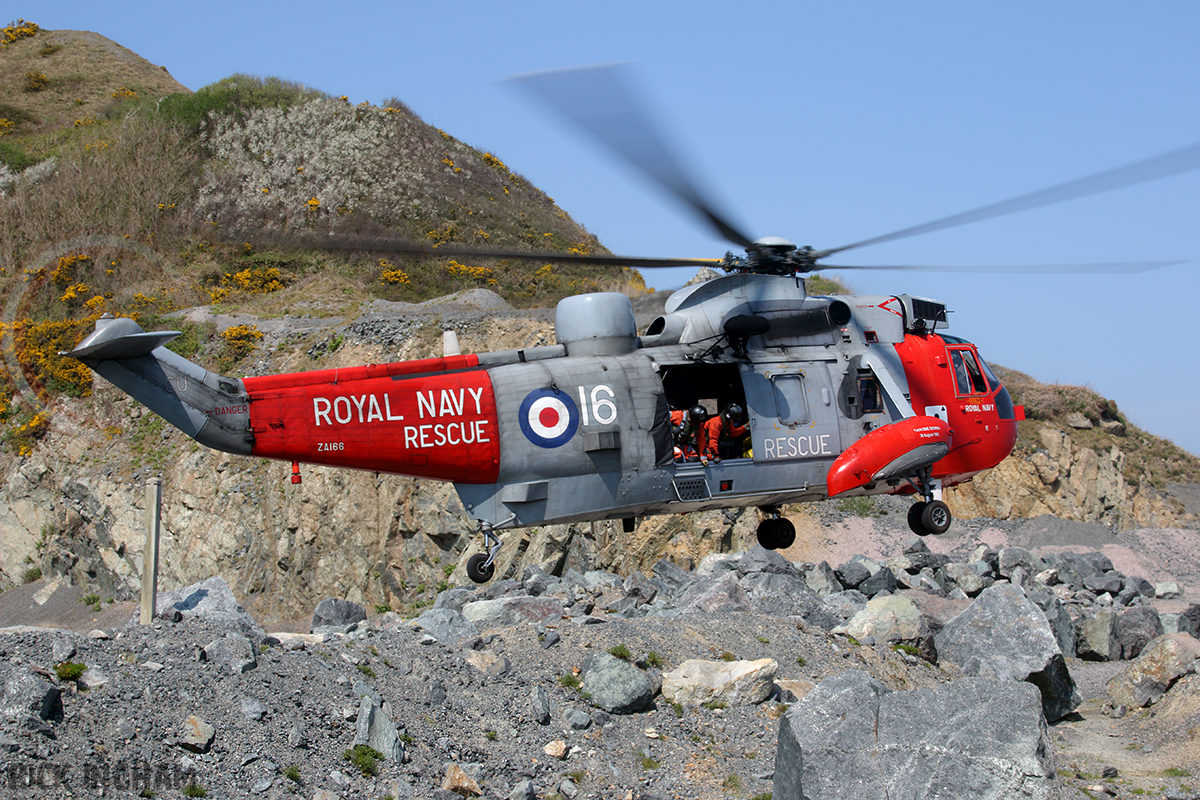



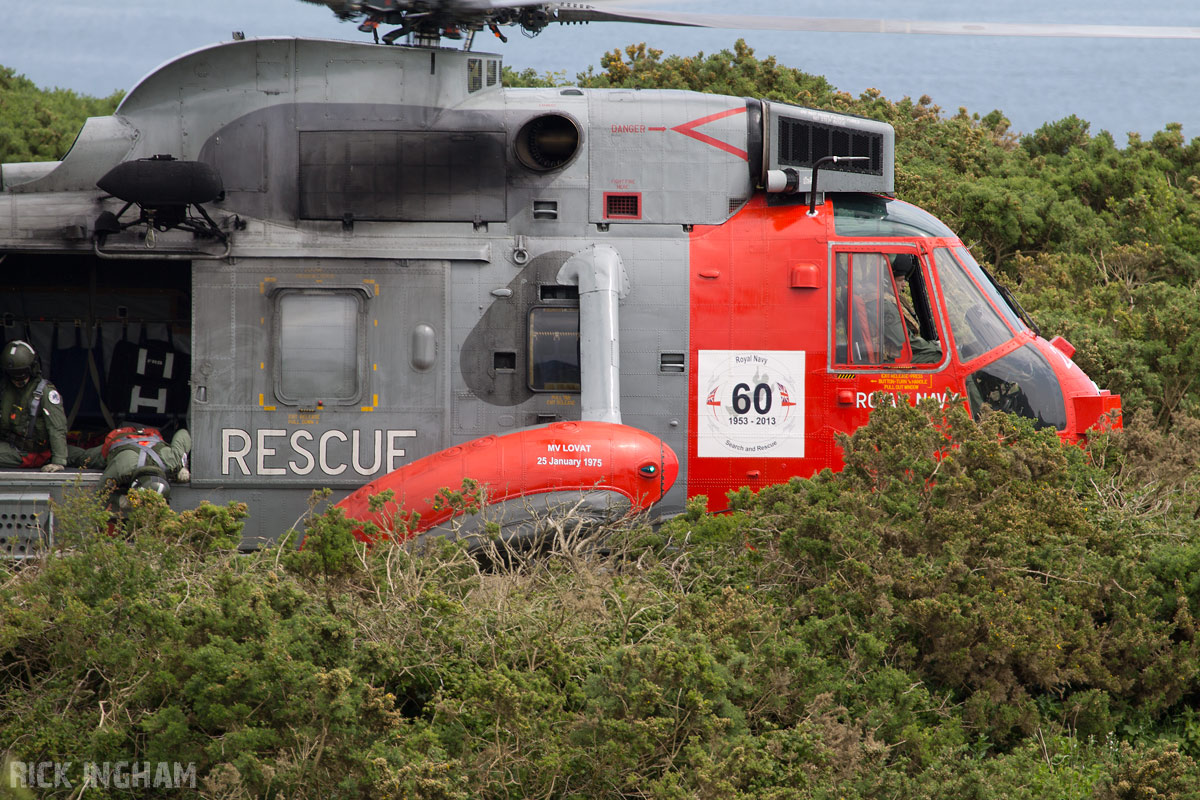
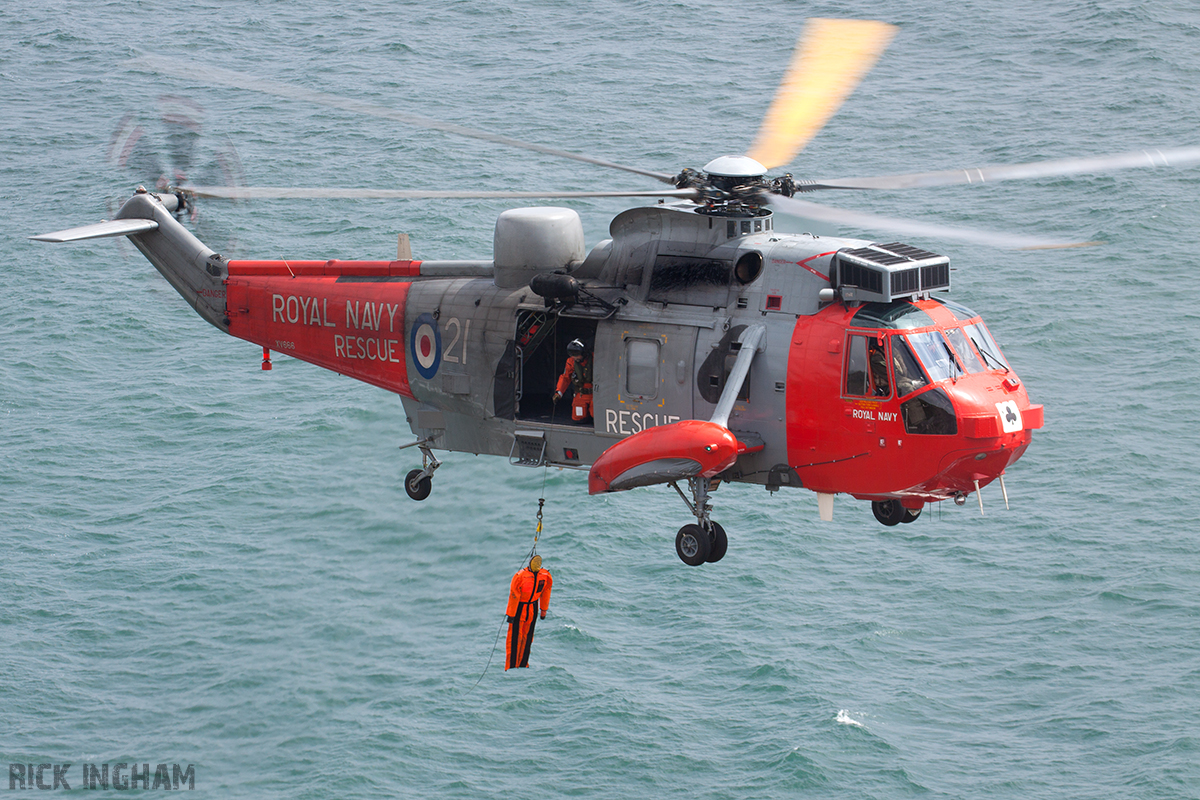


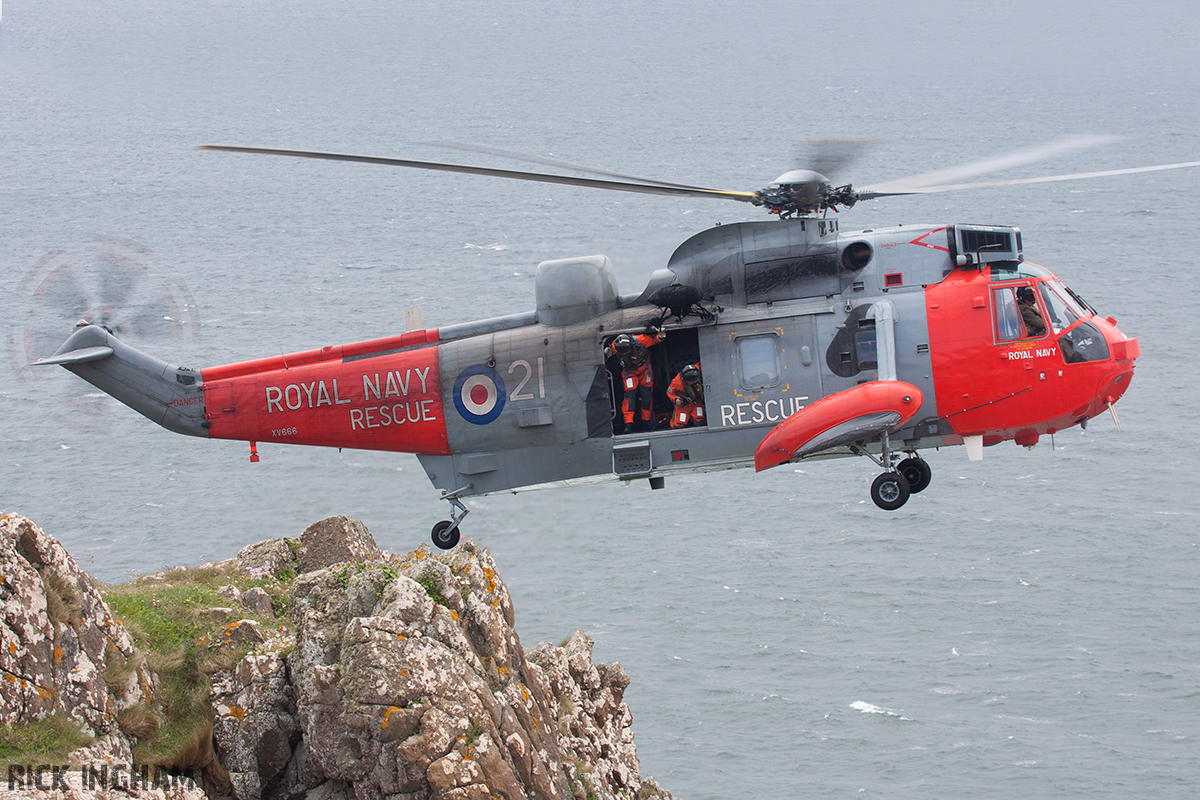


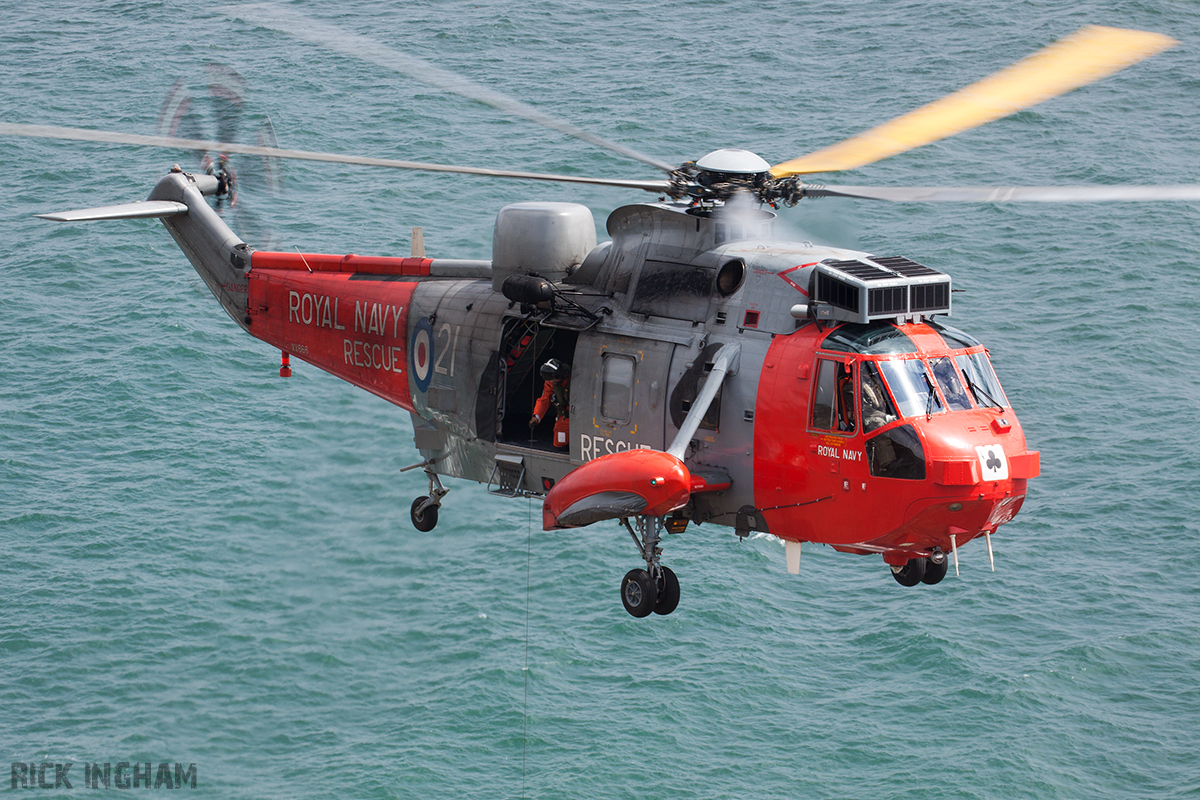
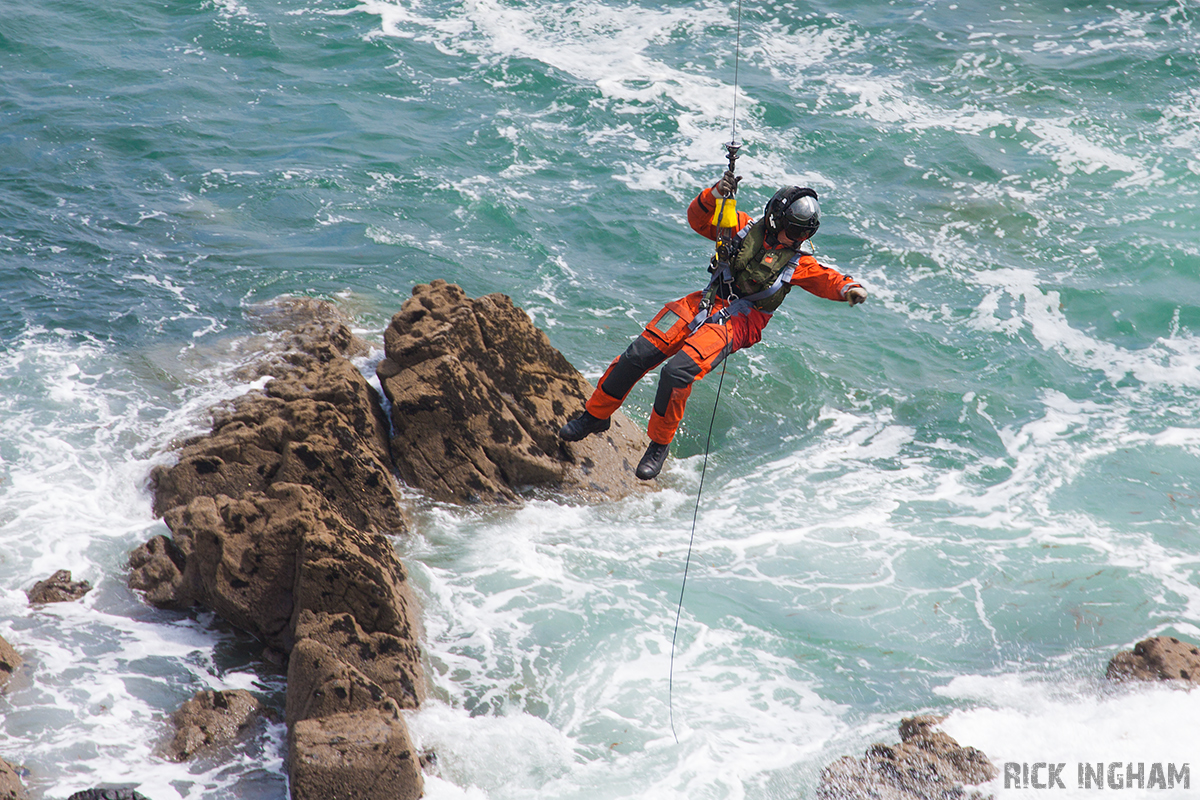





.jpg)





